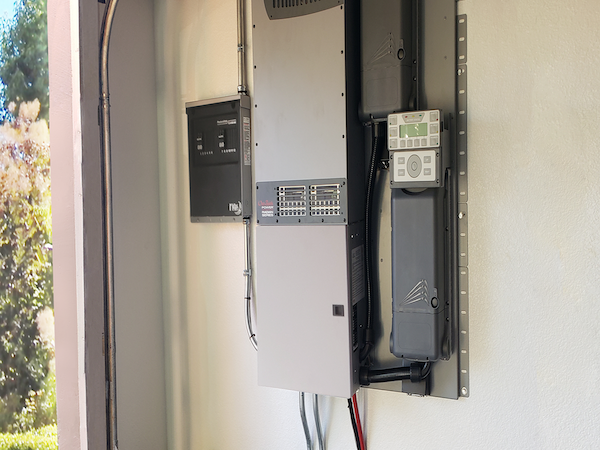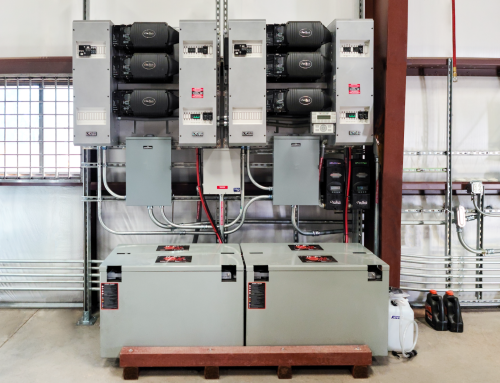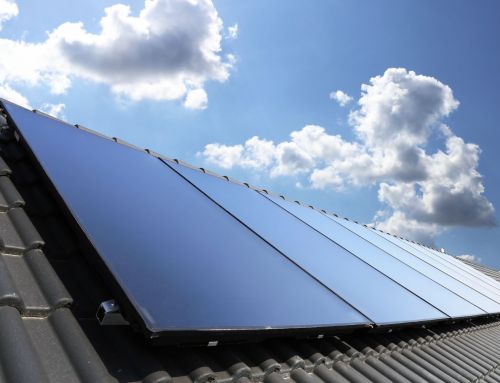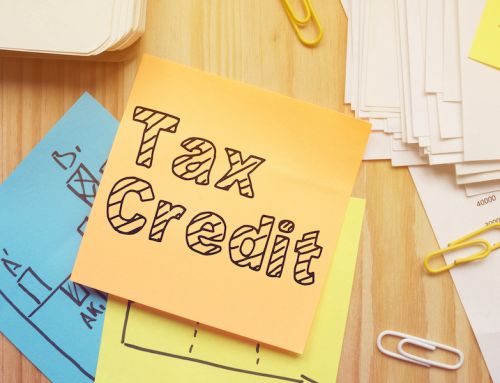
What Is a Solar Charge Controller and Do You Need One?
A solar charge controller is a key component of a solar panel and battery system. It controls the rate and level at which the batteries are charged by incoming DC (direct current) power. Without a charge controller, incoming power could cause damage to your battery bank, and power from your battery could leak back into your solar panels, which is unsafe and could cause damage.
Understanding how solar panel charge controllers work and the different types of solar charge controllers will help set you up for success while planning for an off-grid solar installation.
What Does a Solar Charge Controller Do?
A charge controller is used to connect solar panels to batteries and ensure power travels safely and efficiently between them. They have a few main functions:
- Control the amount of power sent to the battery
- Prevent the battery from overcharging
- Ensure power only flows from the panels to the battery, never in the opposite direction
All of these are important and play a role in your solar system’s performance, but the most important function of a solar controller is to prevent overcharging. Solar charge controllers work by continuously monitoring the voltage of the battery and calculating the amount of additional energy that’s needed to fully charge it. They make sure enough power is sent to the battery to provide a full charge, but not so much that the battery’s voltage is increased to an unsafe level. If additional power is sent to the battery that exceeds its maximum voltage limit, serious damage can occur.
Types of Solar Charge Controllers
Just like there are different types of solar batteries, there are also different types of solar charge controllers. The two main types of charge controllers for solar panel systems are PWM solar charge controllers and MPPT solar charge controllers.
PWM Solar Charge Controllers
PMW (pulse width modulation) charge controllers are simpler and less expensive than MPPT controllers. They slowly reduce the amount of power flowing into your batteries and maintain a trickle of power when the batteries are full. To use a PWM controller, your solar panels and batteries must have matching voltages, which is most common in small systems.
MPPT Solar Charge Controllers
MPPT charge controllers (maximum power point tracking) are more sophisticated and expensive than PWM controllers. They regulate power flow more efficiently and ensure you’re saving as much power as possible from your PV panels. They can also pair panels and batteries that have different voltages, which is typical in larger and more complex solar systems.
Do You Need a Solar Charge Controller?
If your solar panel and battery system is tied to the grid, it’s unlikely that you will need a charge controller. In a grid-tied residential solar system, excess electricity is exported to the grid. So, when your battery is fully charged but your panels are still producing extra power, that power has somewhere to go and will not overcharge the battery.
Charge controllers are most commonly used in off-grid solar systems. If you’re planning to go off-grid with solar, you will likely need a charge controller to protect your battery bank. To learn more about off-grid solar installation, check out our beginner’s guide to off-grid solar.
Let Us Build a Custom Solar Energy System for Your Home
SouthFace Solar & Electric specializes in off-grid solar installation in Arizona. We can help you choose the best solar products for your specific project, including the best charge controller. Our goal is to bring more power to you with a custom solar energy system that’s designed around your specific needs so you can go solar with no regrets. Our team has over 35 years of combined experience installing solar panels in Phoenix, Carefree, Scottsdale, Prescott, Chino Valley, and throughout the surrounding areas.





